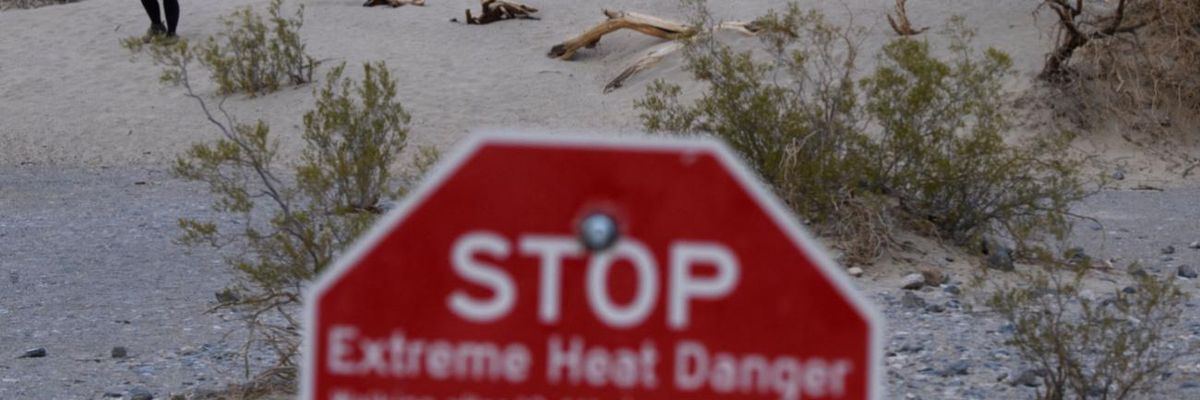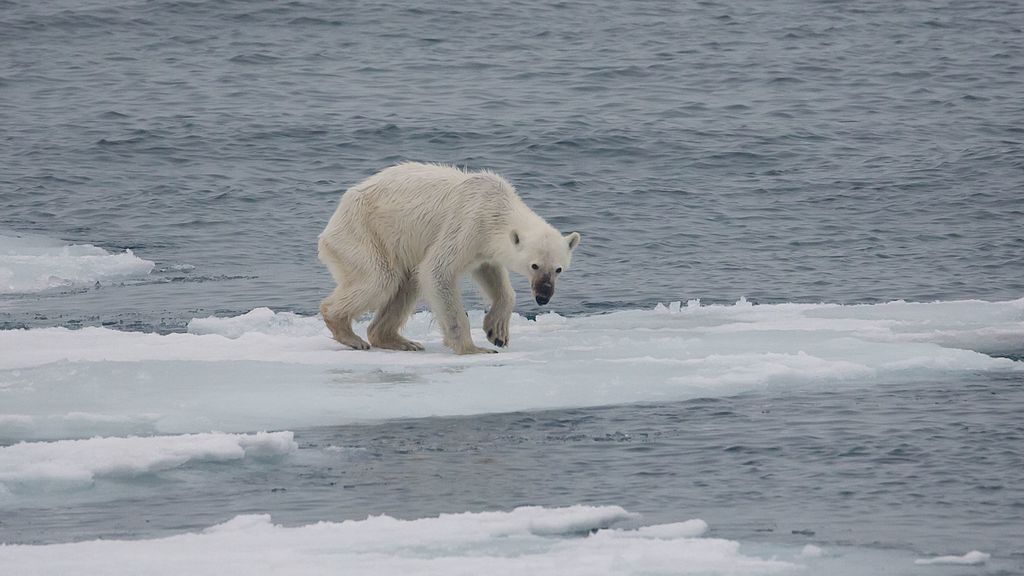Planet-Warming CO2 Emissions Surged to Record High in 2023: IEA
Original article by THOR BENSON republished from Common Dreams under Creative Commons (CC BY-NC-ND 3.0).

“The clean energy transition has undergone a series of stress tests in the last five years—and it has demonstrated its resilience,” said IEA Executive Director Fatih Birol.
Carbon emissions reached a record high in 2023, but the increased adoption of renewable energy is helping slow the pace, according to the International Energy Agency.
The IEA said in a new report that global CO2 emissions “increased by 410 million tonnes, or 1.1%, in 2023—compared with a rise of 490 million tonnes the year before—taking them to a record level of 37.4 billion tonnes.”
But the agency found that carbon emissions “rose less strongly in 2023 than the year before even as total energy demand growth accelerated… with continued expansion of solar PV, wind, nuclear power, and electric cars helping the world avoid greater use of fossil fuels.”
The report notes that “exceptional droughts” decreased the amount of hydropower that could be produced last year. Demand for coal fell to “levels not seen since the early 1900s.” It says CO2 emissions would have been three times larger had renewable energy not been utilized to generate electricity.
An IEA report from September found that rapid adoption of clean energy technologies could keep the world from surpassing the 1.5°C warming target. The Energy Information Administration forecast in December that 2024 could become the first year that wind and solar power generate more electricity than coal in the U.S.
The world will need to adopt a lot more renewable energy to address the climate crisis. Last month was most likely the warmest February on record, and records like that are being set every year. The more countries burn fossil fuels, the higher the temperatures will go.
“The clean energy transition has undergone a series of stress tests in the last five years—and it has demonstrated its resilience,” said IEA executive director Fatih Birol. “A pandemic, an energy crisis and geopolitical instability all had the potential to derail efforts to build cleaner and more secure energy systems. Instead, we’ve seen the opposite in many economies.”
Original article by THOR BENSON republished from Common Dreams under Creative Commons (CC BY-NC-ND 3.0).
Imperiling Climate Goals, Global Resource Extraction Set to Surge 60% by 2060
‘Frightening’: Greenland Losing 33 Million Tons of Ice Per Hour Due to Climate Crisis
2023 Destroys Global Heat Record as Fossil Fuel Emissions Boil the Planet

